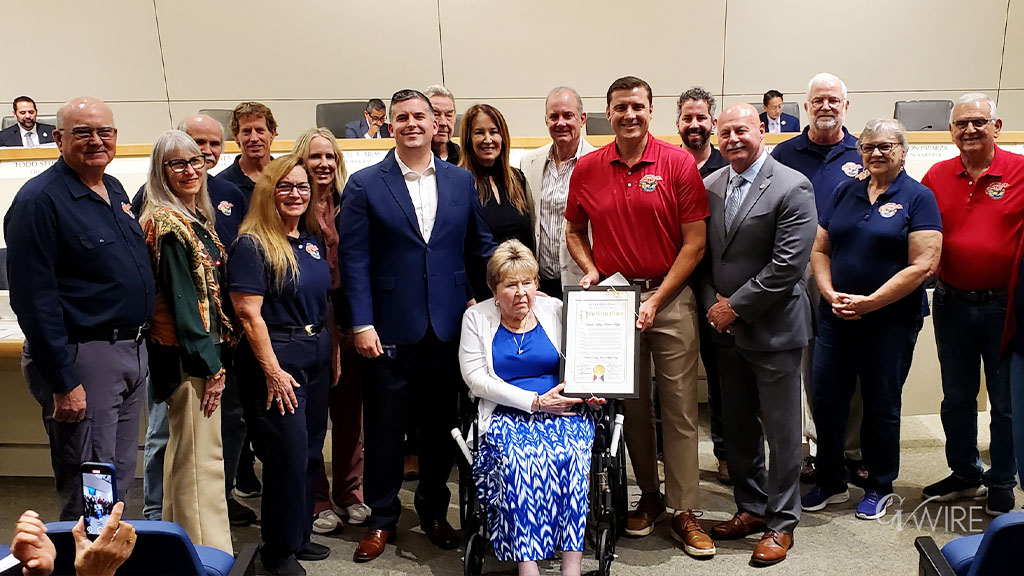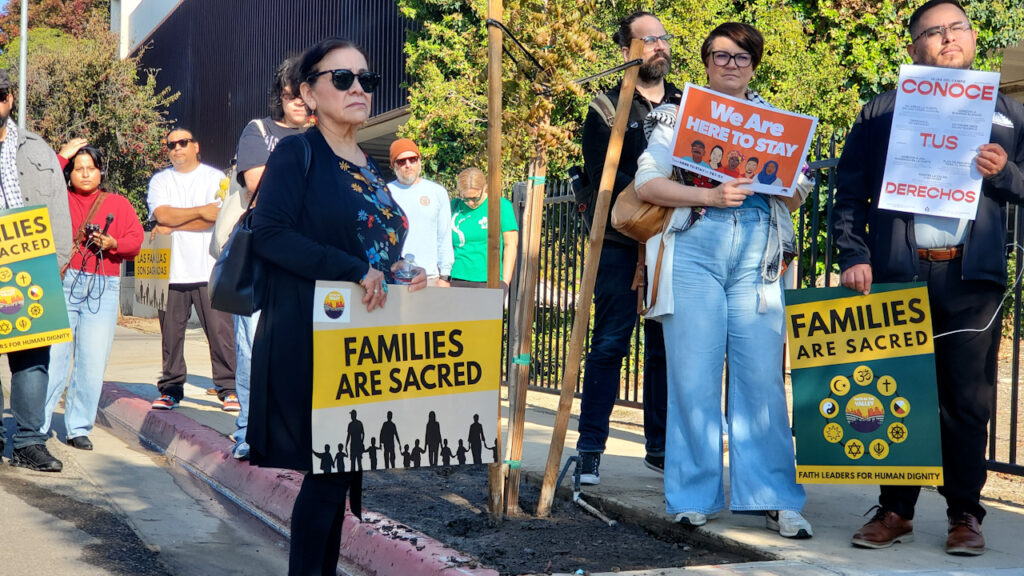California's progressive policies clash with affordability goals, raising questions about genuine reform efforts. (CalMatters/Manuel Orbegozo)

- California Democrats pledge to address high living costs after poor election performance, but face policy conflicts.
- Housing, gasoline, and utility costs in California remain among the highest in the nation despite legislative efforts.
- Reducing living costs may require scaling back climate policies and subsidies, creating a political dilemma.
Share
While post-election autopsies vary on why Democrats fared so poorly in November, there is general consensus that a major factor was voter resentment of high inflation in their costs of living.

Dan Walters
CalMatters
Opinion
Traditionally, voters who feel angst about their personal finances will take it out on the party in power. It helped Donald Trump win support among working-class voters who feel the financial pinch most severely — a syndrome felt even in deep-blue California, where 10 counties whose voters had backed President Joe Biden in 2020 switched to Trump in 2024.
California Legislature Pledges to Address High Living Costs
When the Democrat-dominated California Legislature reconvened this week, its members chanted a new mantra about trying to reduce living costs in a state where those costs — particularly for housing and utilities — are at or near the nation’s highest.
“We get it,” Democratic state Sen. Dave Cortese told the San Jose Mercury-News. “The Democratic Party, has, in effect, just been called out by the voters on that issue.”
Talk is cheap, especially political talk. There’s a big difference between saying that something should be done about high living costs and actually doing something.
Related Story: US Homelessness up 18% as Affordable Housing Remains Out of Reach for Many ...
Housing Costs Remain Stubbornly High Despite Legislative Efforts
Cortese, Gov. Gavin Newsom and other Democratic figures have passed a slew of bills in recent years they said would make it easier to build more housing in California, thereby reducing upward pressure on costs. However, we have yet to see those decrees generate a noticeable increase in construction.
The median price for a single-family house in the nation was $404,500 in October, according to financial website Bankrate, while in California it was $869,000 — second only to Hawaii.
The nation’s average rental for a housing unit is $1,595 a month, according to Redfin, but those in California’s major urban areas are at least twice as high, including $3,417 in San Francisco and $3,285 in Los Angeles.
Related Story: Fresno’s Enviro Issues Won’t Get in Way of New Housing: IRS ...
High Costs Extend Beyond Housing to Utilities and Gasoline
Californians also face budget-busting costs for such necessities as gasoline and electric utilities, and the trend is sharply upward.
The Center for Jobs and the Economy, an offshoot of the California Business Roundtable, reports that California’s average gasoline price is the nation’s highest at $4.46 a gallon, which is about 75 cents higher than neighboring Nevada and more than twice Oklahoma’s $2.55.
One reason, but not the only one, for California’s high gas prices is the nearly $1.50 in federal, state and local taxes and fees.
The organization also pegs California’s rates for electric power as the nation’s highest, averaging 31.62 cents a kilowatt hour of residential service — just over twice as high as the average for states outside of California. Although average power bills are just eighth-highest due to the state’s generally mild climate.
Related Story: Will Resistant Marin County Change After a Pro-Housing Gov. Newsom Just Moved ...
Legislative Analyst Office Identifies Factors Driving High Power Costs
On Tuesday, the Legislative Analyst Office, the Legislature’s nonpartisan fiscal advisor, parsed power rates, putting them at the nation’s second-highest behind those in Hawaii. The LAO concluded that the state’s propensity for wildfires and its efforts to eliminate oil and natural gas as energy sources are major factors driving high power costs.
The data suggest that if Newsom and the Legislature are serious about cutting Californians’ living costs, they would have to throttle back on climate policies and those that subsidize lower-income consumers.
That might include a newly enacted program to base some electric power prices on income and the California Air Resources Board’s new mandate to reduce the carbon content of automotive fuel, which could add a half-dollar or more a gallon to the cost of gasoline.
California’s progressive policies are clearly in conflict with its living costs, thus creating a political conundrum. We’ll see whether the promises to improve affordability are a change of direction or just cheap talk.
About the Author
Dan Walters has been a journalist for nearly 60 years, spending all but a few of those years working for California newspapers. He began his professional career in 1960, at age 16, at the Humboldt Times.
CalMatters is a public interest journalism venture committed to explaining how California’s state Capitol works and why it matters. For more columns by Dan Walters, go to calmatters.org/commentary.
Make Your Voice Heard
GV Wire encourages vigorous debate from people and organizations on local, state, and national issues. Submit your op-ed to bmcewen@gvwire.com for consideration.




















